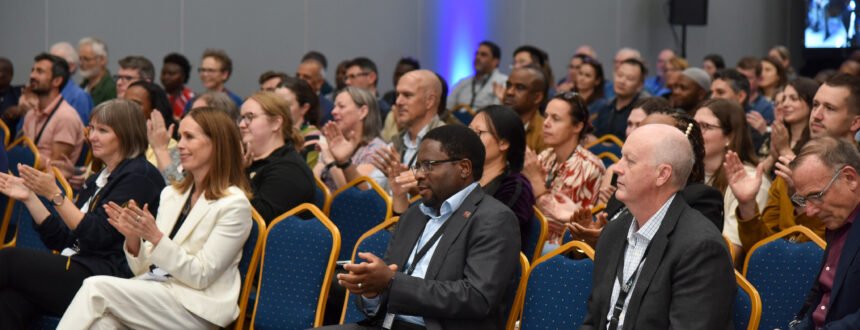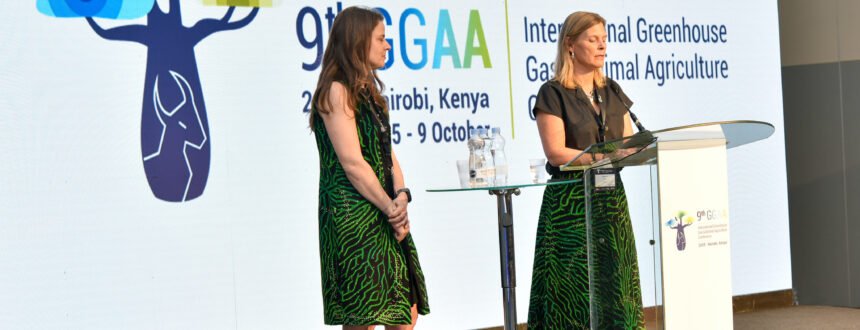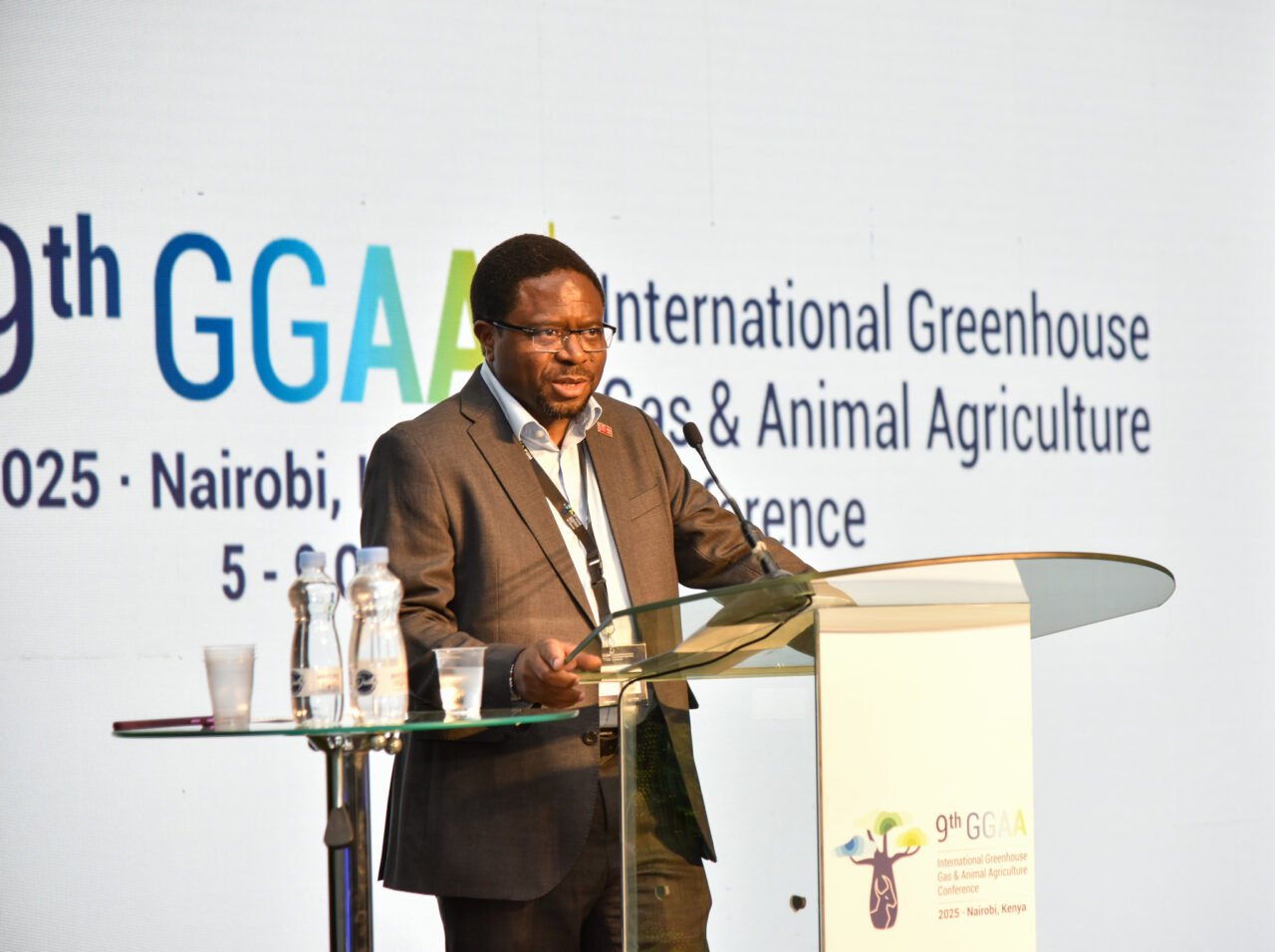Global Climate-Livestock Conference Comes to Africa for the First Time
By Zablon Oyugi
For the first time, the International Greenhouse Gas & Animal Agriculture Conference (GGAA) is being held in Africa, a continent that is home to one-third of the world’s livestock. The 9th edition of the conference is taking place in Nairobi Kenya, marking a pivotal shift towards inclusive, globally representative dialogues on mitigating livestock emissions while bolstering food security and rural economies.
Co-hosted by the International Livestock Research Institute (ILRI) and the Norwegian Institute of Bioeconomy Research (NIBIO), GGAA2025 convenes over 500 leading scientists, policymakers, industry experts, and civil society representatives to address one of agriculture’s most urgent challenges: reducing greenhouse gas emissions from livestock while ensuring food security, rural livelihoods, and climate resilience.

Centering the Global South in the Climate-Livestock Dialogue
Hosting GGAA2025 in Nairobi underscores the continent’s central role in shaping a sustainable future for the sector. Africa is home to one-third of the world’s livestock, which contribute up to 80% of national GDP in some countries and account for nearly 0.8 gigatons of annual emissions. This move amplifies the voice of Low- and middle-income countries in global climate discussions and provides a critical platform to address the unique opportunities and constraints faced by the hundreds of millions of smallholder farmers who form the backbone of livestock production in the region.
The conference agenda is built on the fundamental principle that “one size does not fit all.” Solutions effective for high-productivity systems in Europe or North America—such as feed additives for cows producing 40-50 litres of milk per day—are often not feasible for smallholder systems in Africa, where cows may produce only 5-6 litres. For these farmers, the most significant emissions reduction opportunities lie in improving animal health, enhancing feed quality, and genetic improvement to raise productivity and lower emissions intensity.
“Bringing GGAA to Nairobi is a deliberate and significant move. Low- and middle-income developing country livestock systems have been under-represented in global climate science. GGAA 2025 changes that. We are showcasing research from low- and middle-income countries, particularly Africa where we have 17 countries represented. This is where we can forge a sustainable future for the global livestock sector, one that is built on context-specific solutions,” said Claudia Arndt, Senior Scientist at the International Livestock Research Institute, ILRI and Team Leader of the Mazingira Centre.

Showcasing Achievable, Climate-Smart Solutions
The conference underscores that climate-smart livestock is not a future aspiration but a present-day reality. Research shows that combined strategies in animal nutrition, health, genetics, and manure management can cut livestock greenhouse gas emissions by 20–50% while simultaneously boosting productivity and farmer incomes.
The event is unveiling scientific breakthroughs and showcasing scalable technologies, including:
- Breeding low-methane livestock through genomic selection tools.
- ‘Exhalomics’ cow breath analysis to monitor methane emissions in real time.
- Circular manure systems that reduce emissions by up to 90% while producing renewable energy and organic fertilizer.
- Animal health interventions, with new modeling showing that reducing disease could cut emissions intensity by up to 12%.
- Forage innovations that improve productivity and reduce methane emissions.
- Digital farm tools and carbon accounting systems for tracking and managing emissions.
Academic and policy sessions will cover critical themes such as rumen microbial genomics, manure management, GHG measurement techniques, and policy frameworks for integrating livestock into national climate commitments.
“We want GGAA 2025 to be a springboard for lasting partnerships that ensure solutions are farmer-ready, affordable, and equitable and support resilient livelihoods. We don’t have to choose between food security and climate mitigation as the priority pathway for both is to improve livestock productivity. Farmer-ready solutions are proving it’s possible to do both. The goal is to cut emissions while raising yields—that’s the win-win of climate-smart livestock,” added Professor Appolinaire Djikeng, the Director General of the International Livestock Research Institute (ILRI).



